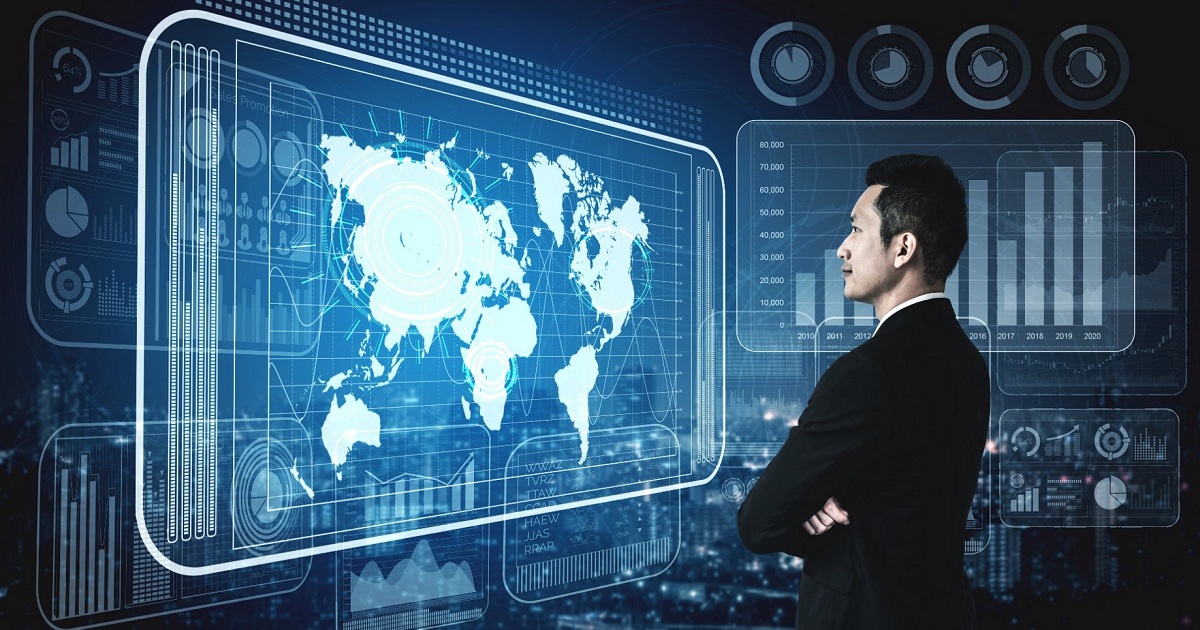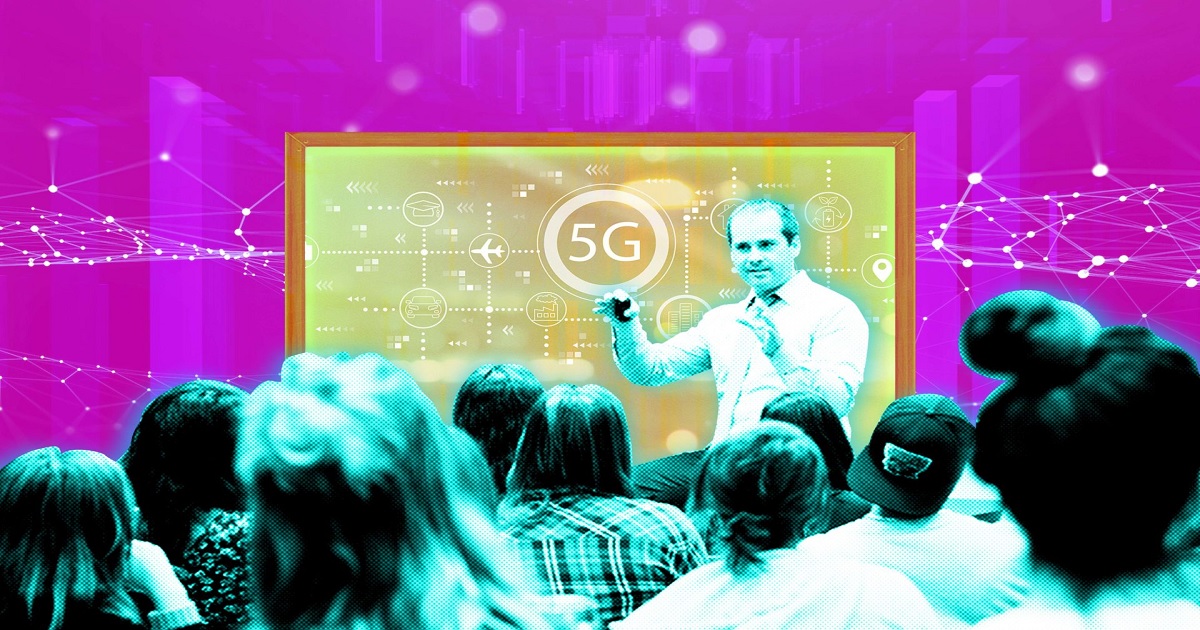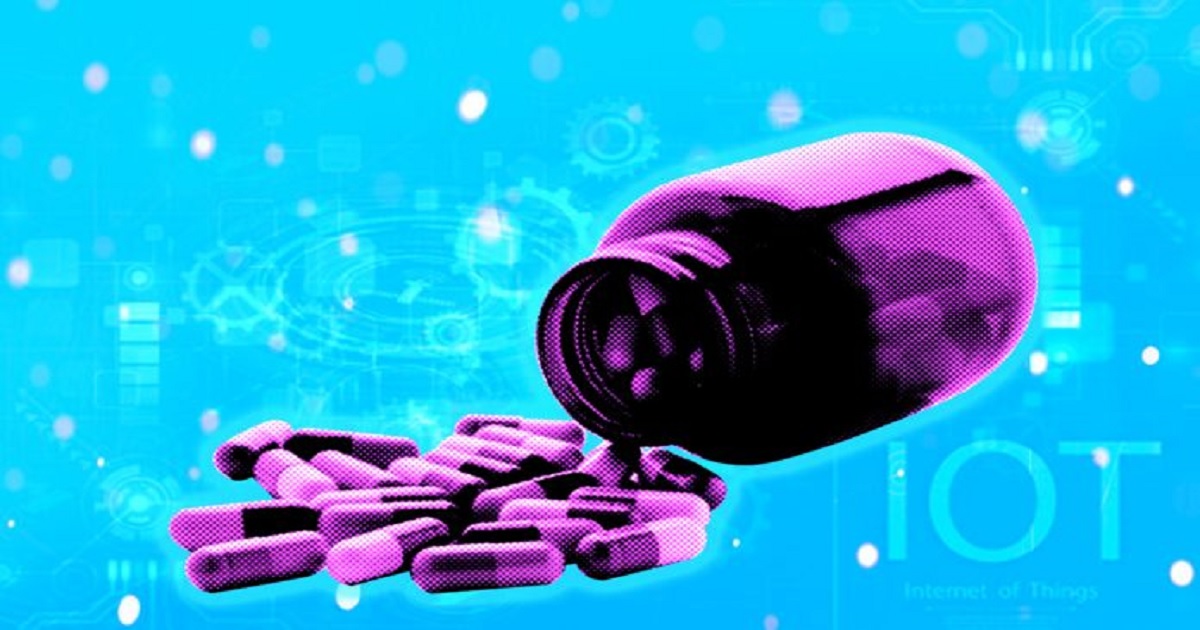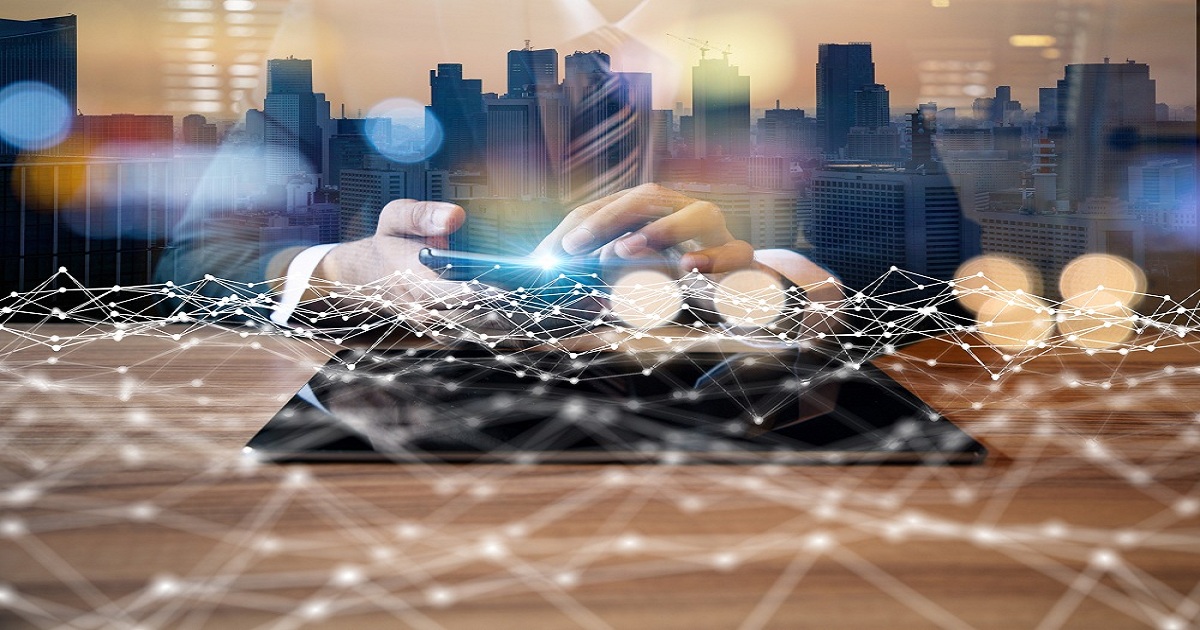
IoT Security
Article | July 17, 2023
The COVID-19 pandemic turned the tides towards remote work and virtual connectivity. And even though growth seemed to have slowed down in 2020, experts see double-digit growth in the next few years. The tides may be turning but virtual connectivity and the tools required for remote growth are not slowing down in demand. As the tech world adapts to new shifts, IoT is among one of the most anticipated technologies to prosper in 2021.
Digital transformation has rapidly accelerated in the past year and if the experts are to be believed, 2021 shows promise for an even better year for technological advancement. According to IDC’s 2020-2024 forecast, spending will reach an annual growth rate of 11.3 percent. And with this, the number of connected devices is likely to grow up. Take a look at what will be the focus of IoT industry trends in 2021.
Privacy & Security
As smart homes are becoming the norm and you cannot throw a stone without hitting a smart device, one thing is clear—IoT devices are everywhere. People almost always forget smartphones when talking about IoT devices, but the fact is that smartphones are very much a part of the IoT ecosystem. And with the infusion of IoT in our everyday lives, questions about privacy and security are cropping up.
Just recently, as WhatsApp announced its new privacy policy, millions of users planned to migrate to other alternatives. This led to WhatsApp pushing back its privacy update and tech businesses taking note of changing winds.
In 2021, privacy and security will be at the forefront of IoT industry trends, as devices infuse further into the everyday lives of people. According to recent research, 90 percent of consumers lack confidence in IoT device security. And the onus of bolstering consumer confidence will be up to IoT businesses.
Workforce Management
According to Gartner’s “Top Strategic Technology Trends For 2021” report, IoT will be a large part of the office experience in 2021. As businesses are trying to avoid the losses that occurred in early 2020, workplaces are being geared up with RFID tags, sensors, and monitors to ensure social distancing measures, whether employees are wearing masks and overall health monitoring.
Additionally, many organizations have decided to move permanently to a remote mode and will rely more on IoT devices for connectivity. So we can expect better automated scheduling and calendar tools, more interactive video conferencing, and virtual meeting technology. In the case of fieldwork, IoT will offer an added factor of monitoring behavior.
Greener IoT
Experts predict that energy will be a crucial factor in the IoT industry trends in 2021. With smart grids, metering, and restoration resilience being powered by IoT, 2021 will move towards optimized energy consumption and devices that are designed to encourage energy-friendly practices.
What’s more? Smart engines and automobiles can be optimized to reduce their carbon footprint and become energy-friendly. As evidenced by the Paris summit and the wildfires in 2020, the world is becoming ecologically conscious. IoT devices in 2021 will focus heavily on reduced emissions, lowering air and ocean pollution, and minimizing power expenditure.
Location Data
As COVID-19 limited human interaction, location-based services soared during the pandemic. Businesses started leveraging location data to offer curbside pickup, virtual queues, and check-ins for reservations to enhance the customer experience during the pandemic.
According to experts, the use of location data will continue to be crucial for customer service and convenience in 2021. As people prefer being safe even as the vaccines are being delivered, location data will allow businesses to cater to their customers without compromising on customer or employee safety.
Digital twins
IoT is being helmed as the perfect technology partner for creating digital twins in many industries. As IoT collects a large amount of data through physical devices, this data can be reinterpreted to create the perfect digital twins. Also, IoT can offer visibility into the full product life cycle and unfold deeper operational intelligence. Companies like Siemens are already leveraging technologies like AIoT to design and create digital twins for product design and production. Coupled with AI, IoT will be used more commonly for creating digital twins in 2021.
A technology as dynamic as IoT can be leveraged for almost any application. Therefore, it may surprise us all in the way it progresses in 2021. However, experts believe that the above 5 IoT industry trends will rule 2021 for sure.
Frequently Asked Questions
What are the latest IoT industry trends?
The use of IoT in Healthcare, Artificial Intelligence, workforce management, and ecological conservation can be deemed as some of the latest trends in IoT.
What is the future scope of IoT?
As experts believe there will be over 85 billion connected devices by the end of 2021, and the numbers are promising for upcoming years, we can safely say that the future of IoT is indeed bright.
What industries are most likely to use the Internet of things technology?
IoT is a dynamic technology with applications in almost every industry. However, industries like healthcare, construction, manufacturing, tech, and resource management are most like to use IoT right now.
{
"@context": "https://schema.org",
"@type": "FAQPage",
"mainEntity": [{
"@type": "Question",
"name": "What are the latest IoT industry trends?",
"acceptedAnswer": {
"@type": "Answer",
"text": "The use of IoT in Healthcare, Artificial Intelligence, workforce management, and ecological conservation can be deemed as some of the latest trends in IoT."
}
},{
"@type": "Question",
"name": "What is the future scope of IoT?",
"acceptedAnswer": {
"@type": "Answer",
"text": "As experts believe there will be over 85 billion connected devices by the end of 2021, and the numbers are promising for upcoming years, we can safely say that the future of IoT is indeed bright."
}
},{
"@type": "Question",
"name": "What industries are most likely to use the Internet of things technology?",
"acceptedAnswer": {
"@type": "Answer",
"text": "IoT is a dynamic technology with applications in almost every industry. However, industries like healthcare, construction, manufacturing, tech, and resource management are most like to use IoT right now."
}
}]
}
Read More

IoT Security
Article | July 5, 2023
As development teams race to build out AI tools, it is becoming increasingly common to train algorithms on edge devices. Federated learning, a subset of distributed machine learning, is a relatively new approach that allows companies to improve their AI tools without explicitly accessing raw user data. Conceived by Google in 2017, federated learning is a decentralized learning model through which algorithms are trained on edge devices. In regard to Google’s “on-device machine learning” approach, the search giant pushed their predictive text algorithm to Android devices, aggregated the data and sent a summary of the new knowledge back to a central server. To protect the integrity of the user data, this data was either delivered via homomorphic encryption or differential privacy, which is the practice of adding noise to the data in order to obfuscate the results.
Read More

IoT Security
Article | October 11, 2023
Pharma is big business, but what it’s not generally recognized is, in large part, a manufacturing business with complex supply chains, finicky chemical processes and products that have to meet stringent quality controls. Few of those outside the industry think about how drugs are made safely, efficiently and at scale with reliable quality and in precisely measured doses. Even more interesting is the simple fact that pharma often produces sophisticated drugs using manufacturing processes that are decades out of date, and which are being phased out in comparable industries, such as chemical manufacturing.
Read More

Industrial IoT
Article | July 20, 2022
IoT use cases span a variety of sectors and businesses. A typical Internet of Things (IoT) solution consists of a large number of heterogeneous IoT devices with sensors that generate data in a variety of formats at varying rates, which is then processed and analyzed to derive insights. In addition, IoT devices can connect to a network directly or through a gateway device, allowing them to communicate with one another and with cloud services and applications.
Create a layered architecture
An organization's IoT solution's architecture outlines its overall layout, including its physical components (such as sensors and actuators) and virtual components (like services and communication protocols). IoT system complexity can be managed by utilizing a modular strategy that divides the architecture into several layers and focuses on each tier separately.
IoT architectures have a tendency to outsource work to the edges of IoT networks (where the physical devices connect to the cloud). This aids data-driven IoT applications by lowering latency, enhancing privacy, and lowering bandwidth costs.
Devices layer
The device layer components include physical sensors and actuators that link to IoT devices and the IoT devices themselves. Although sensors and actuators are often not considered "smart" devices, they frequently connect to the architectural elements with higher computing power, either directly or indirectly (with the aid of gateway devices).
These devices often use over-the-wire protocols like Ethernet or wireless protocols like Bluetooth, Zigbee, WiFi, LTE, or RFID to transmit data.
Edge layer
The analytics and pre-processing services that are offered at the network's edge are included in the concept of the edge layer. This layer acts as a central integration point for subsequent layers (devices layer). For the upstream layers, it offers routing and device control features. In addition, this layer can be connected to pub-sub systems to convey events and listen in on them.
The size and heterogeneity of the devices and connectivity involved make designing data-driven IoT solutions hard. This article discusses some techniques for creating safe, adaptable, and scalable IoT architectures.
Read More